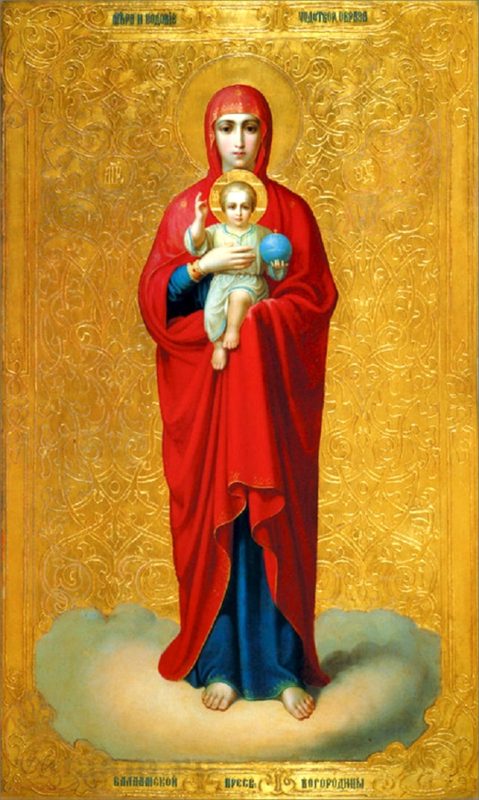Orthodox vs Catholic Icons: Are They Really That Different?
At first, when comparing Orthodox vs Catholic icons, there appear to be many significant differences between the two types of religious images. From the attitudes of believers toward icons to stylistic traits, it seems like there are more differences between what we today know as Orthodox and Catholic traditions. But why is it so? And do Eastern and Western Christian icons have any similarities?
Orthodox vs Catholic icons: the myth of differences
Before comparing Orthodox vs Catholic religious icons, we have to understand that modern-day knowledge of Eastern and Western Christian iconographic traditions was influenced by many factors. History tends to be oversimplified a lot due to a variety of reasons, but it is important to have all the details to form the full picture.
Today, it is largely believed that:
- Russian Orthodox icons always look “flat” and lack perspective, while Catholic icons are more naturalistic.
- Russian Orthodox icons are used in prayer, and Catholics do not pray with icons.

When we think about Catholic icons, we usually imagine realistic paintings that do not look too different from other works of fine art. However, the Western Catholic iconographic tradition comes from the same root as the Eastern Orthodox tradition. Most Catholic religious works of art are naturalistic because the shift from the “medieval style” toward academism happened much earlier in the West than in the Russian Empire.
One more Orthodox vs Catholic icons controversy concerns the differences in purposes of religious images. Indeed, icons are extremely widespread among Orthodox believers and are often present in their homes and places of worship. However, there are no prohibitions against icons for Catholics, and they are even encouraged to pray with them.
As you can see, Orthodox and Catholic icons are not actually as dissimilar as you might have thought. We hope that this blog post was informative and made you want to learn more about the world of Christian religious art.
